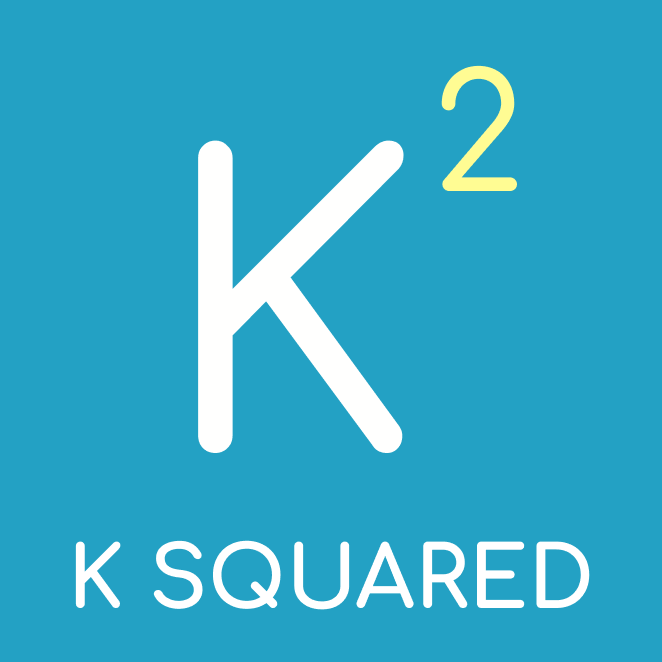I’ve been thinking a lot about the concept of innovation as a skill and what this means in practice. I recently had a conversation with Amena Lee Schlaikjer from Untapped Lab and she likened it to the concept of negative space.
It’s an analogy that really got me thinking.
Negative space in art and design is the blank space between different elements of the composition, the "unused" space. It creates balance, draws attention and gives the design breathing room. It is just as important as the subject or elements in the design.
Take a look at the example below. The left side uses more space between lines and around the text, making it easier to read and less crowded. On the right side, the text is packed tightly together, which makes it harder to read and follow. The negative space is what makes things clearer and more comfortable to look at and therefore more effective.

So how does this relate to innovation?
The negative space in innovation consists of the often unseen but essential skills like critical thinking, creativity, and divergent thinking. These skills are what allow the process of innovation to break away from being formulaic and predictable, turning knowledge into truly transformative ideas.
An artist or designer may be great at creating different elements and subjects, but if they are unable to effectively apply the concept of negative space their art or design will fall flat.
In the same way, somebody may have great knowledge of the steps and tools used for innovation, but if they don’t have strong critical, creative, and divergent thinking skills their attempts at innovation will also remain flat and uninspired.
The concept of negative space is pretty easy to understand, but the skill of applying it is what makes the difference between a good artist and a great artist. The same can be said of innovation.
The steps of innovation—like defining, ideating, and prototyping —are vital, but they alone do not guarantee success. Just as negative space enhances the impact of a design, the soft skills around innovation are what make the process dynamic and effective.
Understanding the process of innovation is just the beginning. The real magic happens when you learn to master the “negative space” — those subtle, often-overlooked skills like creativity, critical thinking, and adaptability. I challenge you to examine your own approach to innovation. Are you simply following the steps, or are you truly engaging with the space in between? It will take practice and patience, but if you focus on nurturing those unseen skills you'll start to see insights and solutions that you couldn't before that will elevate your innovation work to a higher level.
